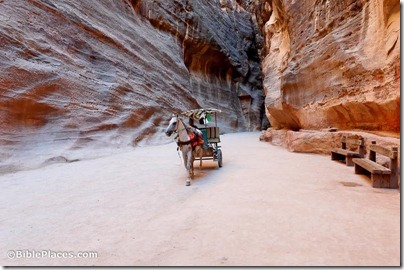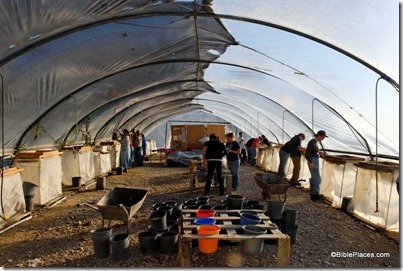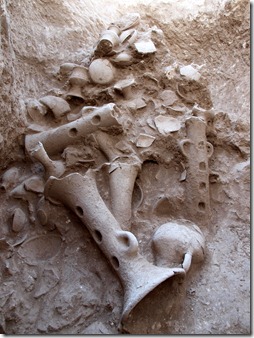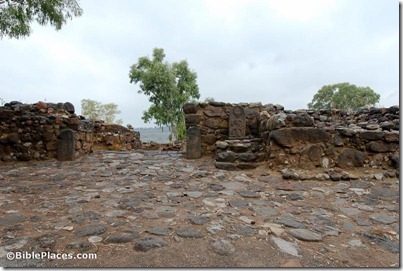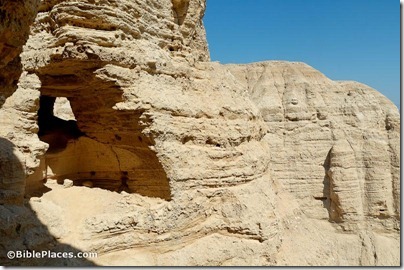Frank Moore Cross died this week. Hershel Shanks has written some reflections on their relationship.
James Davila describes his experience as a student. Eisenbrauns has a 50% sale on a volume of 55 key articles he wrote. Chuck Jones has created a list of his articles available on JSTOR. And Frank
Moore Cross: Conversations with a Bible Scholar is available as a free ebook.
A two-part interview with Robert Mullins on the new excavations of Abel Beth Maacah is now available at The Book and the Spade.
The Smithsonian Channel delayed the release of the documentary on the “Gospel of Jesus’ Wife.”
Hershel Shanks disagrees with Harvard Theological Review’s decision to delay publication of the article.
The historic souk of Aleppo, Syria, is a battleground today.
The Dead Sea will live again: Wayne Stiles explains and includes a slideshow, a video, and a map.
The 200th anniversary of the rediscovery of Petra is celebrated in a new exhibition in Basel.
“From Papyrus to Print: A Journey through the History of the Bible” is the central exhibit at the new
Bible and archaeology museum at New Orleans Baptist Theological Seminary.
Rachel Hallote will be lecturing on “Not-So-Innocents Abroad: The Beginnings of American Biblical Archaeology” on October 28 at Emory University.
Manfred Bietak will be lecturing on “Recent Discoveries at the Hyksos Capital, Tell el-Dab‘a
(Egypt)” on November 12, 7:00 PM in Hinkson Hall, Rodine Building, Trinity Evangelical Divinity
School.
HT: Al Sandalow, Jack Sasson, Joseph Lauer
Photo from Pictorial Library of Bible Lands
